Energy
Design by Analysis (DBA)
Design by Analysis
- Plastic collapse analysis
- Local failure analysis
- Buckling analysis
- Fatigue analysis
- Ratcheting analysis
- Lifting/transportation analysis
- Blast resistant design
- Passive fire protection (PFP) design
- Impact analysis
- Vibration monitoring & remediation
- Post weld heat treatment (PWHT) analysis
- Heat transfer efficiency analysis
- Hydrodynamic analysis
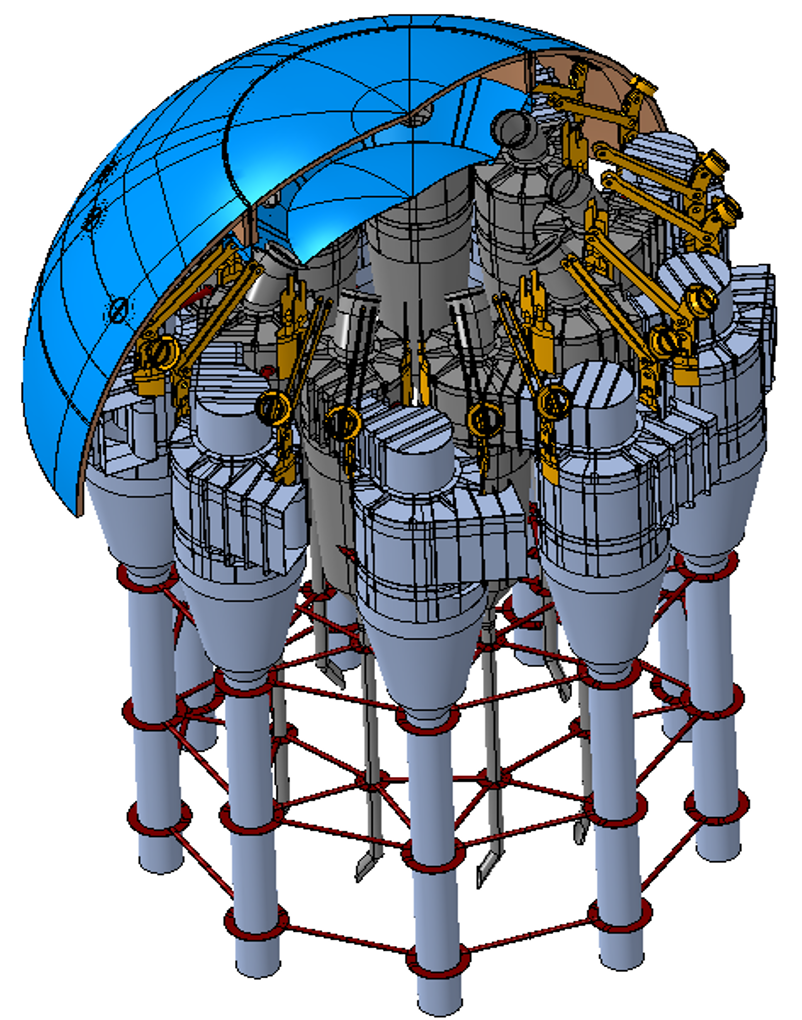

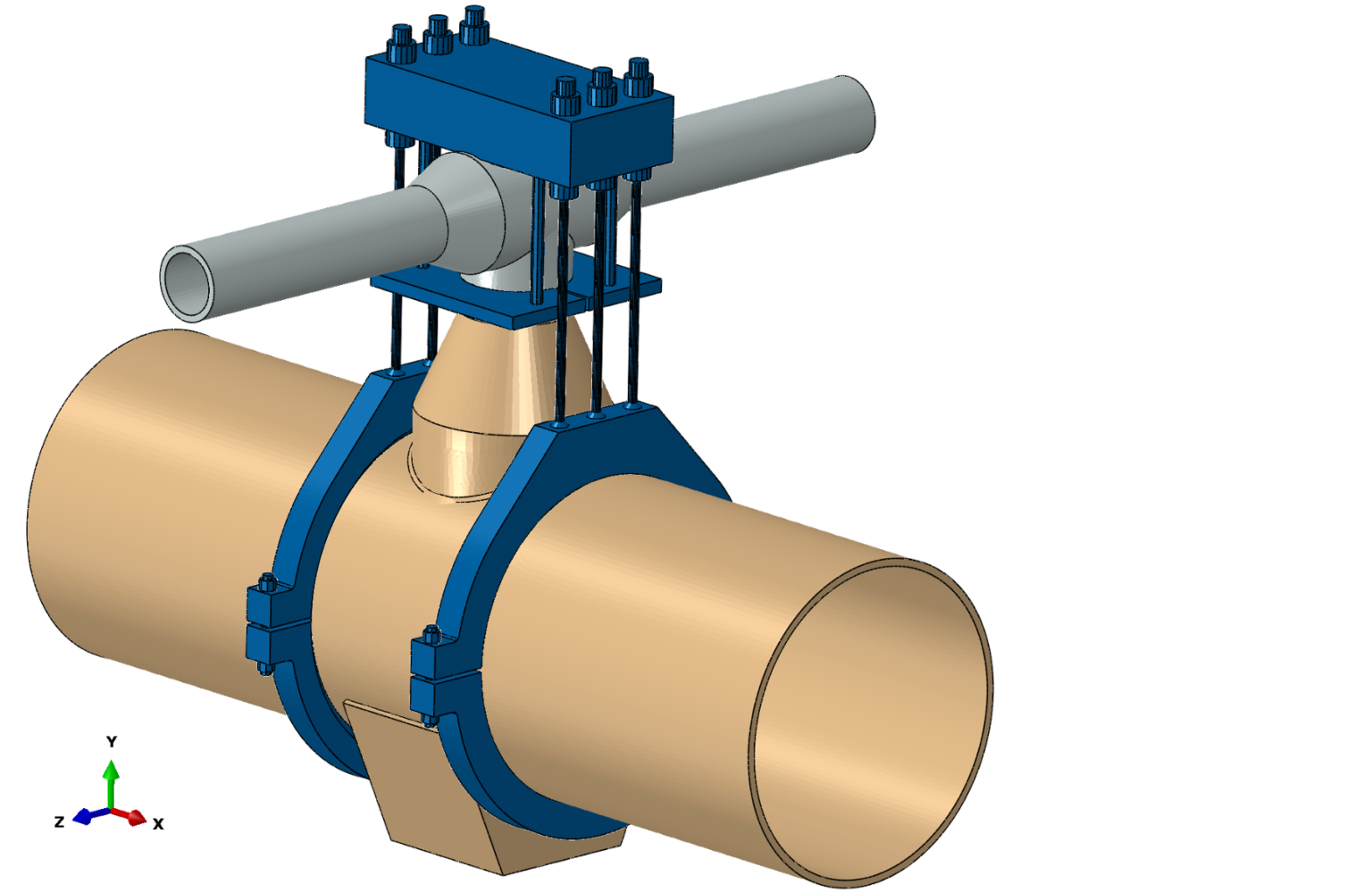

Equipment/model types
- Pressure vessels
- Special connection design including gusset plate, web penetration whole and reinforcement
- Composite section design
- Pipe whip restraint
- LNG pipeline shroud
- Stack
- Pipelines
- Weld
- Lifting and transportation jig
- Heat exchanger
Integrity Assessment & Fitness For Service (FFS)
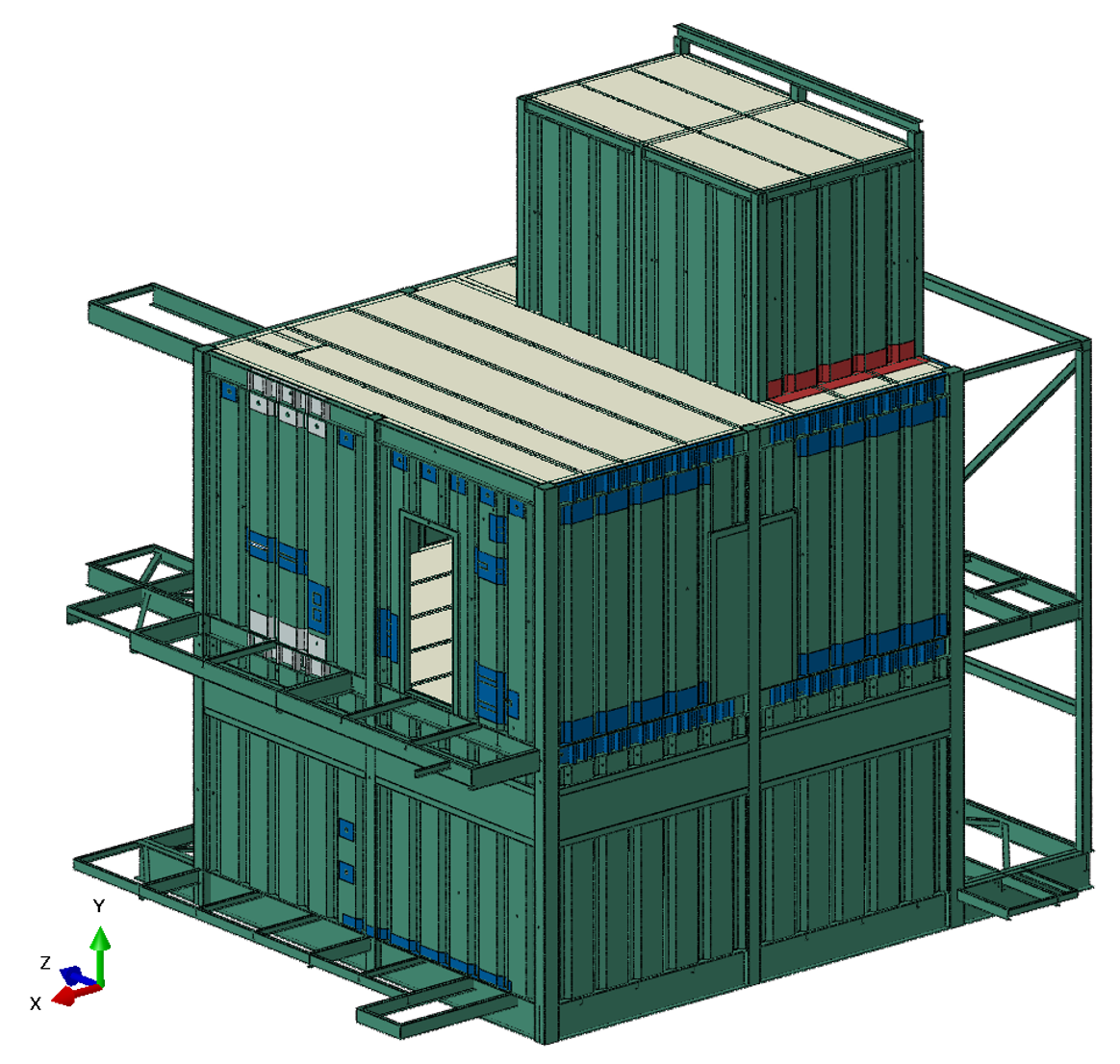
FFS services include:
- Various material types (i.e. , steel and composite material)
- Analysis model is built up based on measured data (i.e., corroded thickness and 3D scanned data)
- Corrosion and erosion/laminations/hydrogen blisters, HIC & SOHIC damage/bulges & out-of-roundness distortion/dents, gouges and dent-gouge combinations
- Crack-like flaws, including creep, stress corrosion, fatigue, and corrosion-fatigue crack growth/remaining life
- Creep and creep-fatigue damage
- Fire damage/thermal and mechanical fatigue
- Bolted flange leak and ring joint flange cracking
- Provide retrofit plans
- High-temperature assessments and creep studies
- Fire damage assessments
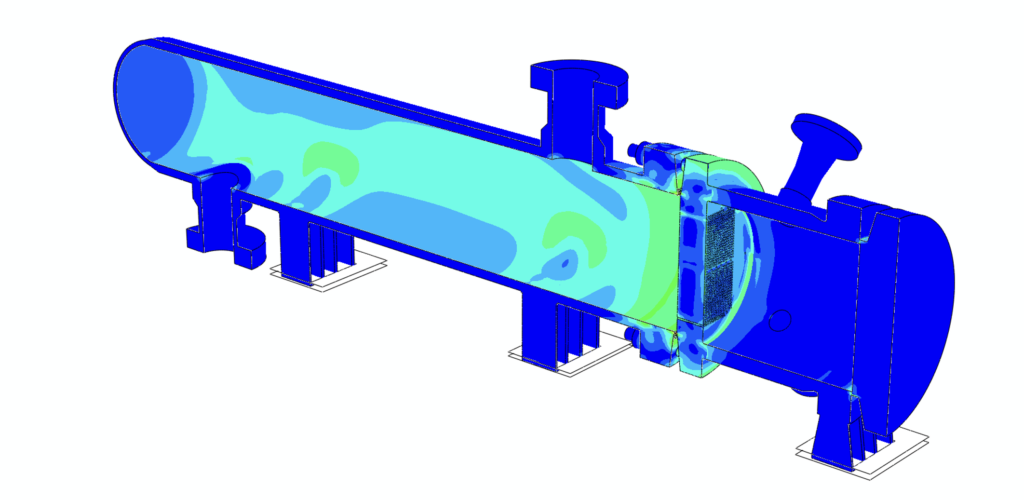

Equipment/model types:
- FCCU’s/reactors
- Regenerators
- Pressure vessels
- Furnace
- Heat exchangers
- Dryers
- Process piping & pipeline
- Storage tanks
- Control building on offshore platform
Renewable Energy - Offshore Floating Wind Turbine
A floating wind turbine consists of wind turbine (RNA and tower), floating platform, station keeping system(mooring system), power cable line
The floating wind turbine is a dynamic system that is subjected to steady forces of wind, current and mean wave drift, as well as wind, current and wave-induced dynamic forces. Also, the motion of floating wind turbine is governed by the motion of wind turbine.
The floating wind turbine system is complex system, and all system components should be analyzed and designed interactively
Offshore Wind Turbine Services include
- FEED design
- Fully coupled global performance analysis
Fully coupled model, including components; turbine RNA, tower, hull, station-keeping system and power cable
Includes coupling effects; aero-elastic, aero-control, tower-hull, hull-mooring Time domain and Frequency domain analysis
Time domain and frequency domain analysis
- Station-keeping system (mooring and anchor design) and power cable design
- Hull structural design
Finite element analysis (FEA) to assess structural integrity of the platform
Structural design optimization
- Welding & Connection design


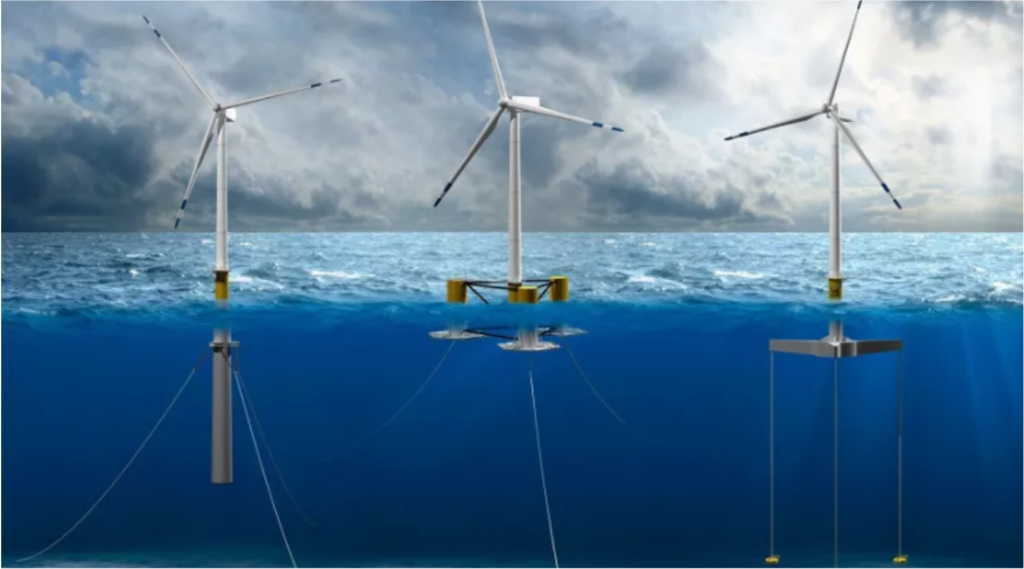


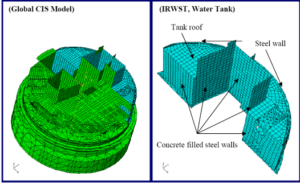
Nuclear Facilities Design and Assessment
Assess deterministic and probabilistic structural integrity of nuclear power plant facilities when they are subjected to various load conditions
Nuclear Facilities Design and Assessment services include:
- Perform various analyses; Elastic-plastic analysis / Nonlinear heat-transfer analysis and coupled thermal-stress analysis / Fluid-structure interaction / Missile-Target Interaction Analysis
- Assess concrete wall integrity considering discontinuous behavior of cracking, crushing, and shear retention
- Generate fragility curve for the failure event and Complimentary Cumulative Failure Probability (CCFP) for key components and system to depict their capacities probabilistically
- Perform analyses with load cases include but not limited :
- Impulsive loading derived from the Ex-Vessel Steam Explosion
- Earthquake Load
- Tornado generated missiles (steel rods, steel pipes, and automobiles)
- Internal accident generated missile (pipe whipping)
- Residual velocity of aircraft after perforation
Equipment/model types:
- Reactor Containment Building (RCB)
- RPV cavity wall and cavity sleeve structure/ Reactor Pressure Vessel (RPV) Reactor Coolant System (RCS)
- RPV support system/ Steam Generator (SG), main steam lines
- IRWST (In-containment Refueling Water Storage Tank)
- Spent Fuel Pool (SFP)
- Auxiliary Building (AB)
- Turbine Building

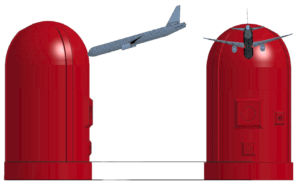
Root Cause Analysis (RCA)
RCA services include
- Plastic collapse analysis
- Seal crack assessment
- Crack assessment
- Gasket leak assessment
Equipment/model types
- FCCU regen standpipe
- Heat exchanger
- Support ring of reactor




Automation for simulation
Automation provides time saving for repetitive tasks and parametric studies.
Automation makes the overall workflow more efficient
Simulation Automation service include
- Scripting for generating inputs and post-processing
- Plug-in programs for Abaqus
- Graphical user interface (GUI)
Examples
- Material properties generator
- Flange analysis automation
